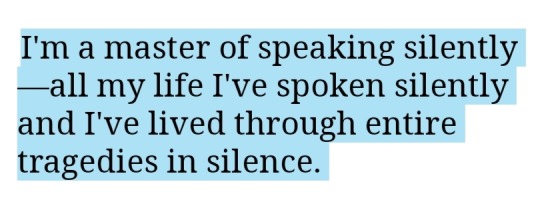Don't wanna be here? Send us removal request.
Text
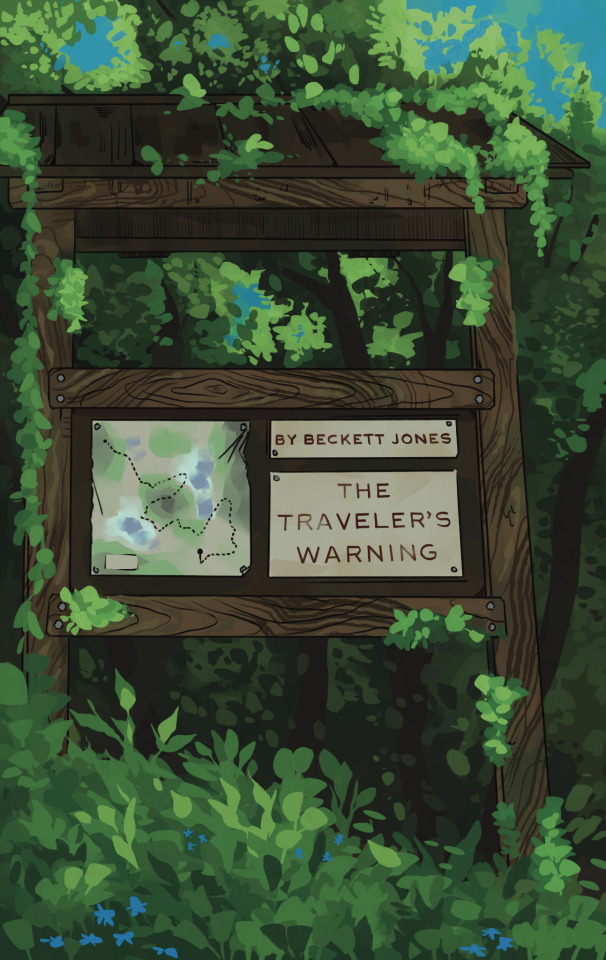
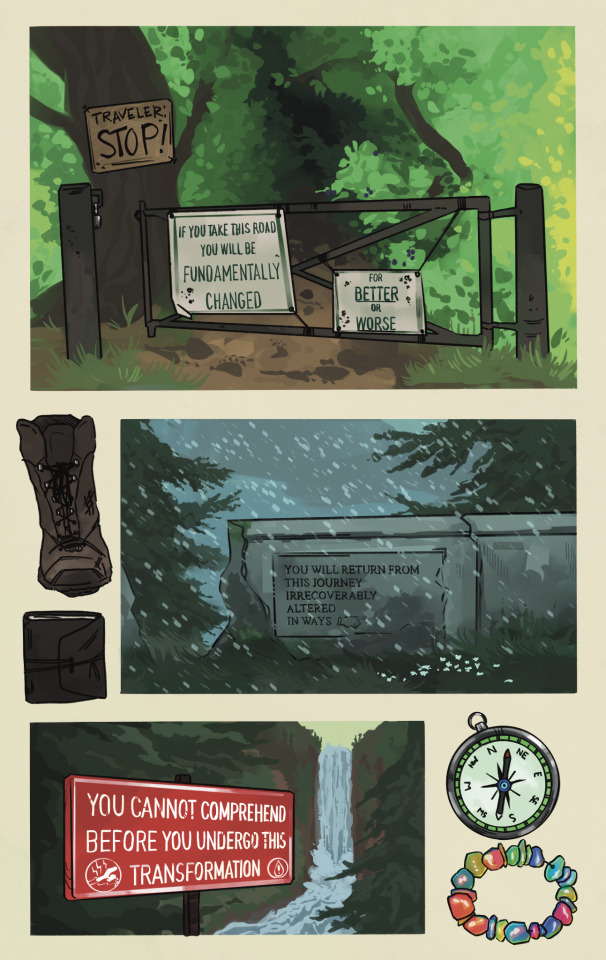
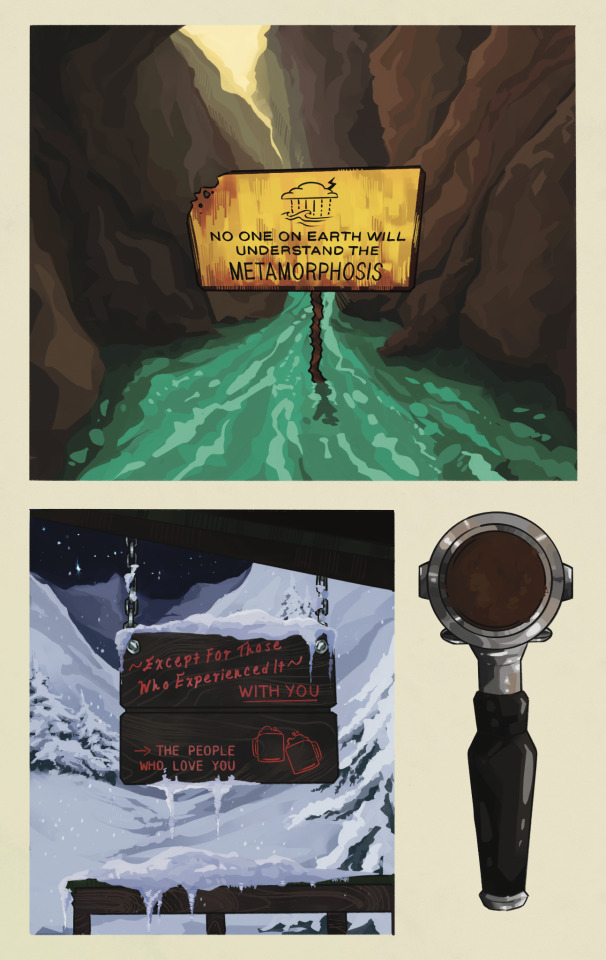
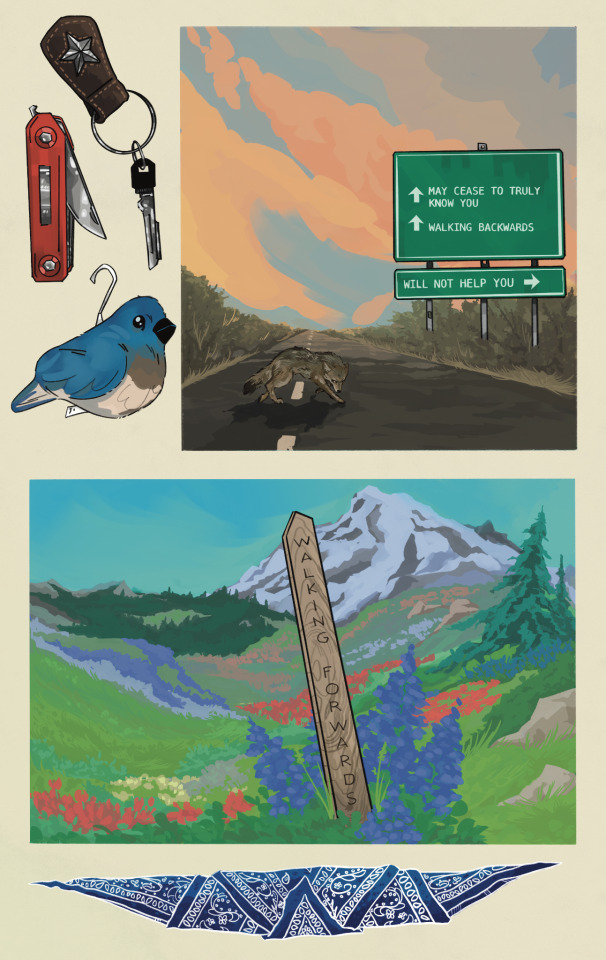
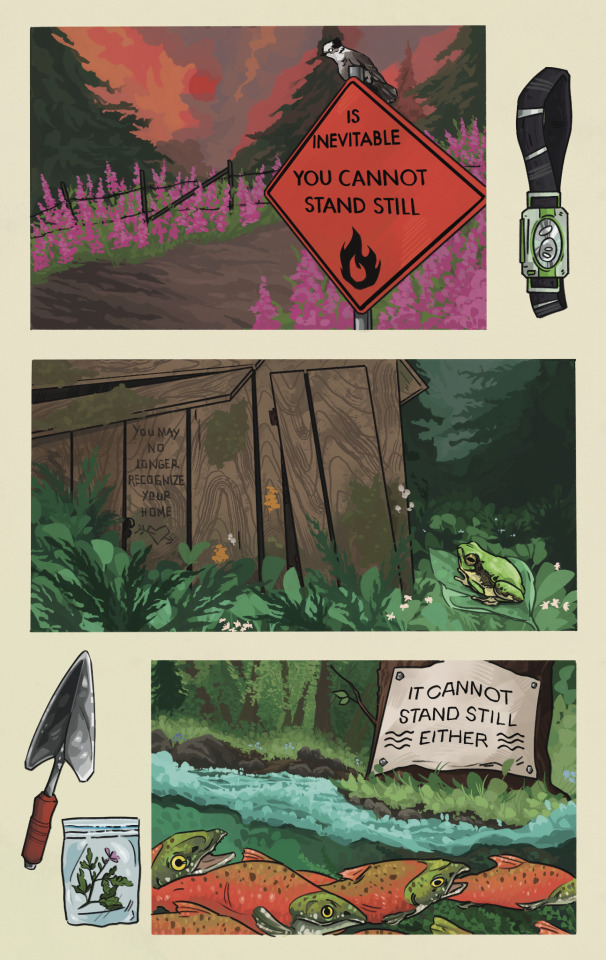


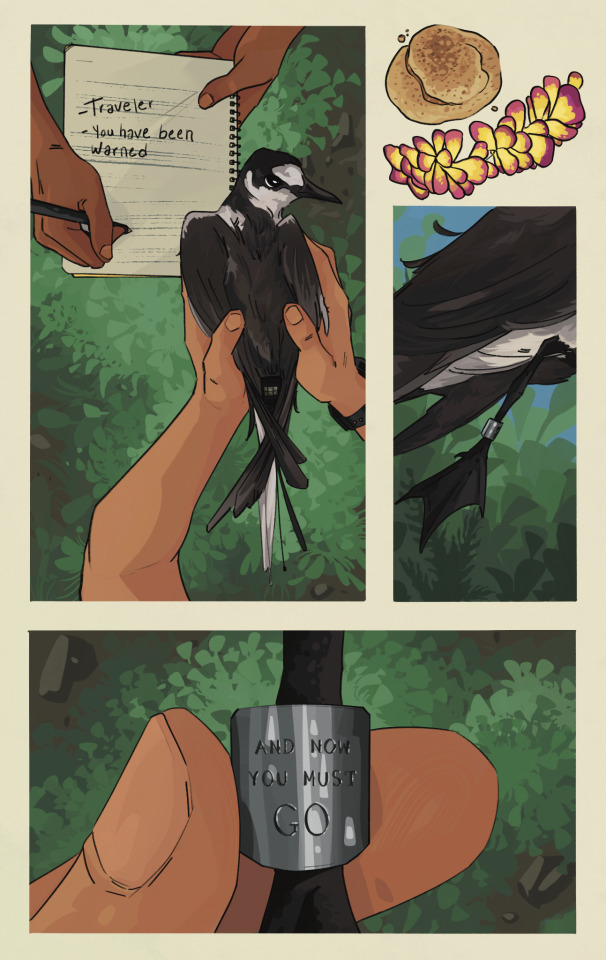
A short comic I made about my experiences as a seasonal worker, and the way places change you.
150K notes
·
View notes
Text
for a while i lived in an old house; the kind u.s americans don't often get to live in - living in a really old house here is super expensive. i found out right before i moved out that the house was actually so old that it features in a poem by emily dickinson.
i liked that there were footprints in front of the sink, worn into the hardwood. there were handprints on some of the handrails. we'd find secret marks from other tenants, little hints someone else had lived and died there. and yeah, there was a lot wrong with the house. there are a lot of DIY skills you learn when you are a grad student that cannot afford to pay someone else to do-it-for-ya. i shared the house with 8 others. the house always had this noise to it. sometimes that noise was really fucking awful.
in the mornings though, the sun would slant in thick amber skiens through the windows, and i'd be the first one up. i'd shuffle around, get showered in this tub that was trying to exit through the floor, get my clothes on. i would usually creep around in the kitchen until it was time to start waking everyone else up - some of them required multiple rounds of polite hey man we gotta go knocks. and it felt... outside of time. a loud kind of quiet.
the ghosts of the house always felt like they were humming in a melody just out of reach. i know people say that the witching hour happens in the dark, but i always felt like it occurred somewhere around 6:45 in the morning. like - for literal centuries, somebody stood here and did the dishes. for literal centuries, somebody else has been looking out the window to this tree in our garden. for literal centuries, people have been stubbing their toes and cracking their backs and complaining about the weather. something about that was so... strangely lovely.
i have to be honest. i'm not a history aficionado. i know, i know; it's tragic of me. i usually respond to "this thing is super old" by being like, wow! cool! and moving on. but this house was the first time i felt like the past was standing there. like it was breathing. like someone else was drying their hands with me. playing chess on the sofa. adding honey to their tea.
i grew up in an old town. like, literally, a few miles off of walden pond (as in of the walden). (also, relatedly, don't swim in walden, it's so unbelievably dirty). but my family didn't have "old house" kind of money. we had a barely-standing house from the 70's. history existed kind of... parallel to me. you had to go somewhere to be in history. your school would pack you up on a bus and take you to some "ye olden times" place and you'd see how they used to make glass or whatever, and then you'd go home to your LEDs. most museums were small and closed before 5. you knew history was, like, somewhere, but the only thing that was open was the mcdonalds and the mall.
i remember one of my seventh grade history teachers telling us - some day you'll see how long we've been human for and that thing has been puzzling me. i know the scientific number, technically.
the house had these little scars of use. my floors didn't actually touch the walls; i had to fill them with a stopgap to stop the wind. other people had shoved rags and pieces of newspaper. i know i've lost rings and earring backs down some of the floorboards. i think the raccoons that lived in our basement probably have collected a small fortune over the years. i complain out loud to myself about how awful the stairs are (uneven, steep, evil, turning, hard to get down while holding anything) and know - someone else has said this exact same thing.
when i was packing up to leave and doing a final deep cleaning, i found a note carved in the furthest corner in the narrow cave of my closet. a child's scrawled name, a faded paint handprint, the scrangly numbers: 1857.
we've been human for a long time. way back before we can remember.
9K notes
·
View notes
Text
“As long as you keep secrets, and suppress information, you are fundamentally at war with yourself. The critical issue is allowing yourself to know what you know. That takes an enormous amount of courage.”
— Bessel Van der Kolk
188 notes
·
View notes
Photo
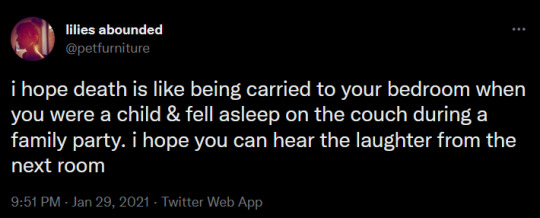

on death with 1. lilies abounded, @petfurniture, twitter; 2. frances molina, “o’death”
92K notes
·
View notes
Text
“You know how every once in a while you do something and the little voice inside says ‘There. That’s it. That’s why you’re here’ … and you get a warm glow in your heart because you know it’s true? Do more of that.”
— Jacob Nordby
541 notes
·
View notes
Text
so for those of you who don't know, I was recently diagnosed with ADHD-I. So far, I think my favourite thing that I've learned is the idea of "embrace the pivot".
Have you ever found a productivity system that works for you (whether it be your Google calendar, bullet journaling, agenda-ing, etc), and you're so pumped because it's like finally! Now I can actually get some stuff done! But then time passes, days or weeks or years, and the novelty of it runs out, and then it kind of just... Stops working. It can be so frustrating, because this thing that used to work no longer works for seemingly no reason.
But, that isn't a failing of the thing, that thing worked for a certain amount of time, and that's good! I used a massive agenda in my first year of uni, and it kept me on track for all my assignments. My second year agenda? Barely touched it. Instead, I started to use a bullet journal, and that was the thing that helped me through most of the year. But as time went on, my spreads got less creative, and in the final term, I didn't even want to touch it because it was too much work. So I switched to Notion.
The agenda didn't fail me, and neither did the bullet journal, it just worked for a certain amount of time. And when that time inevitably runs out, you can just say, "thank you for serving me for so long, I'm going to pivot to the next thing." And then you do it without feeling like you should try harder or like that thing failed you.
This doesn't just have to apply to productivity either. Systems, tools, habits, hobbies, coping mechanisms.. They all serve their purpose. It's okay to let them go when the time comes.
16K notes
·
View notes
Text

"You don't have to wait until the conditions are perfect for you to become the person you desire to become."
Original quote by Yumi Sakugawa
342 notes
·
View notes
Text
“And then it happens… One day you wake up and you’re in this place. You’re in this place where everything feels right. Your heart is calm. Your soul is lit. Your thoughts are positive. Your vision is clear. You’re at peace, at peace with where you’ve been, at peace with what you’ve been through and at peace with where you’re headed.”
— TheMondsJournal
385 notes
·
View notes
Text
An ocean in your brain: interacting brain waves key to how we process information
For years, the brain has been thought of as a biological computer that processes information through traditional circuits, whereby data zips straight from one cell to another. While that model is still accurate, a new study led by Salk Professor Thomas Albright and Staff Scientist Sergei Gepshtein shows that there’s also a second, very different way that the brain parses information: through the interactions of waves of neural activity. The findings, published in Science Advances, help researchers better understand how the brain processes information.
“We now have a new understanding of how the computational machinery of the brain is working,” says Albright, the Conrad T. Prebys Chair in Vision Research and director of Salk’s Vision Center Laboratory. “The model helps explain how the brain’s underlying state can change, affecting people’s attention, focus, or ability to process information.”
Researchers have long known that waves of electrical activity exist in the brain, both during sleep and wakefulness. But the underlying theories as to how the brain processes information—particularly sensory information, like the sight of a light or the sound of a bell—have revolved around information being detected by specialized brain cells and then shuttled from one neuron to the next like a relay.
This traditional model of the brain, however, couldn’t explain how a single sensory cell can react so differently to the same thing under different conditions. A cell, for instance, might become activated in response to a quick flash of light when an animal is particularly alert, but will remain inactive in response to the same light if the animal’s attention is focused on something else.
Gepshtein likens the new understanding to wave-particle duality in physics and chemistry—the idea that light and matter have properties of both particles and waves. In some situations, light behaves as if it is a particle (also known as a photon). In other situations, it behaves as if it is a wave. Particles are confined to a specific location, and waves are distributed across many locations. Both views of light are needed to explain its complex behavior.
“The traditional view of brain function describes brain activity as an interaction of neurons. Since every neuron is confined to a specific location, this view is akin to the description of light as a particle,” says Gepshtein, director of Salk’s Collaboratory for Adaptive Sensory Technologies. “We’ve found that in some situations, brain activity is better described as interaction of waves, which is similar to the description of light as a wave. Both views are needed for understanding the brain.”
Some sensory cell properties observed in the past were not easy to explain given the “particle” approach to the brain. In the new study, the team observed the activity of 139 neurons in an animal model to better understand how the cells coordinated their response to visual information. In collaboration with physicist Sergey Savel’ev of Loughborough University, they created a mathematical framework to interpret the activity of neurons and to predict new phenomena.
The best way to explain how the neurons were behaving, they discovered, was through interaction of microscopic waves of activity rather than interaction of individual neurons. Rather than a flash of light activating specialized sensory cells, the researchers showed how it creates distributed patterns: waves of activity across many neighboring cells, with alternating peaks and troughs of activation—like ocean waves.
When these waves are being simultaneously generated in different places in the brain, they inevitably crash into one another. If two peaks of activity meet, they generate an even higher activity, while if a trough of low activity meets a peak, it might cancel it out. This process is called wave interference.
“When you’re out in the world, there are many, many inputs and so all these different waves are generated,” says Albright. “The net response of the brain to the world around you has to do with how all these waves interact.”
To test their mathematical model of how neural waves occur in the brain, the team designed an accompanying visual experiment. Two people were asked to detect a thin faint line (“probe”) located on a screen and flanked by other light patterns. How well the people performed this task, the researchers found, depended on where the probe was. The ability to detect the probe was elevated at some locations and depressed at other locations, forming a spatial wave predicted by the model.
“Your ability to see this probe at every location will depend on how neural waves superimpose at that location,” says Gepshtein, who is also a member of Salk’s Center for the Neurobiology of Vision. “And we’ve now proposed how the brain mediates that.”
The discovery of how neural waves interact is much more far-reaching than explaining this optical illusion. The researchers hypothesize that the same kinds of waves are being generated—and interacting with each other—in every part of the brain’s cortex, not just the part responsible for the analysis of visual information. That means waves generated by the brain itself, by subtle cues in the environment or internal moods, can change the waves generated by sensory inputs.
This may explain how the brain’s response to something can shift from day to day, the researchers say.
61 notes
·
View notes
Text

—On Love, Marina Tsvetaeva
[text ID: I just want a humble, murderously simple thing: that a person be glad when I walk into the room.]
91K notes
·
View notes
Text
“I over-analyze situations because I’m scared of what will happen if I’m not prepared for it.”
— Turcois Ominek
2K notes
·
View notes
Text

this was a great read. “Laziness Does Not Exist” by Devon Price
198K notes
·
View notes
